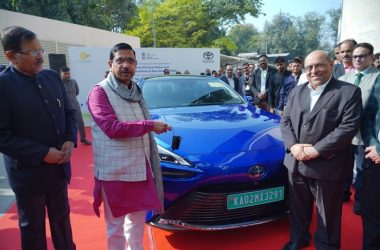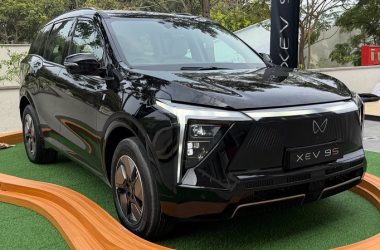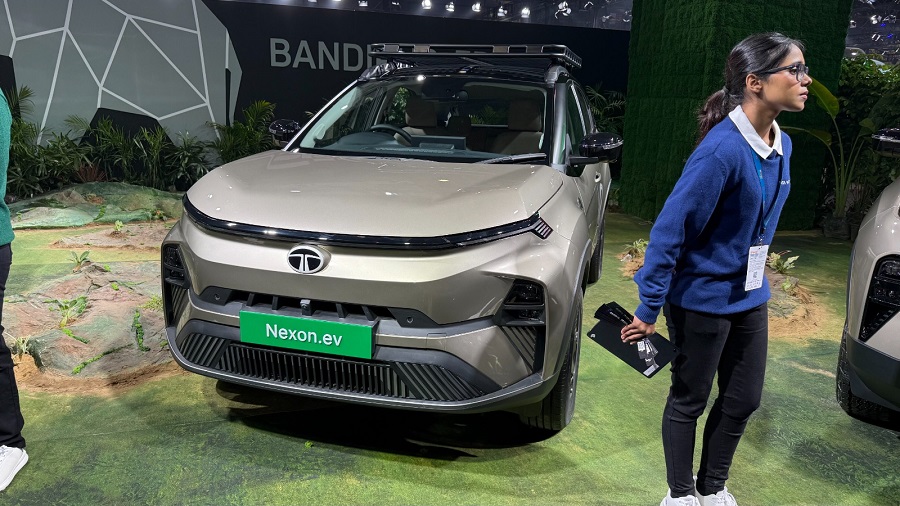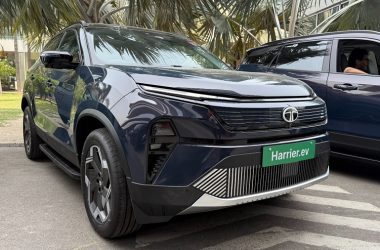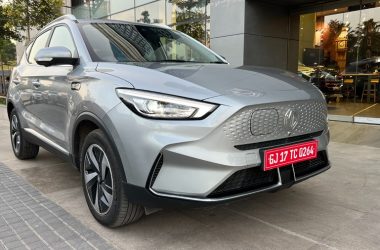India’s electric vehicle (EV) landscape is rapidly expanding beyond urban centers, with a significant push toward rural and semi-urban areas. As per the latest data from the e-Vahan portal of the Ministry of Road Transport & Highways, a total of 56.75 lakh EVs have been registered across the country, contributing to the nation’s massive fleet of 3,897.71 lakh registered vehicles.
To accelerate this transition, the PM E-DRIVE scheme is making EVs more accessible and affordable, particularly in non-metro regions. The initiative provides targeted subsidies and demand incentives for electric two-wheelers (e-2Ws) and electric three-wheelers (e-3Ws), ensuring their availability in Tier-2 and Tier-3 cities, as well as rural districts.
One of the key elements of the scheme is a ₹2,000 crore allocation for EV charging infrastructure, which aims to mitigate “range anxiety”—a significant barrier to EV adoption. By strategically placing charging stations across the country, the government is ensuring that electric mobility becomes a viable alternative for all.
Beyond individual ownership, the PM E-DRIVE scheme prioritizes public transport electrification, particularly for commercial and public-use vehicles. E-autos, e-trucks, and other emerging EV categories are eligible for subsidies, reinforcing the government’s commitment to affordable and environmentally friendly mobility solutions.
The latest details of this initiative were shared by Minister of State for Steel and Heavy Industries, Bhupathiraju Srinivasa Varma, in a written reply in the Lok Sabha today.
With the increasing push for EV adoption in non-metro areas, India is taking a decisive step toward sustainable transportation, paving the way for a greener and more inclusive mobility ecosystem.
